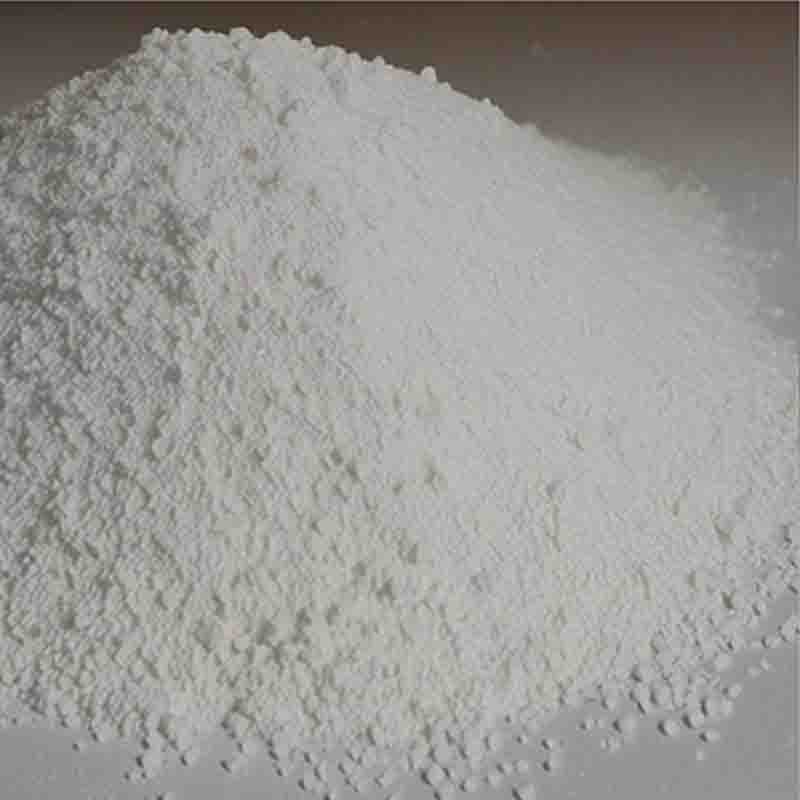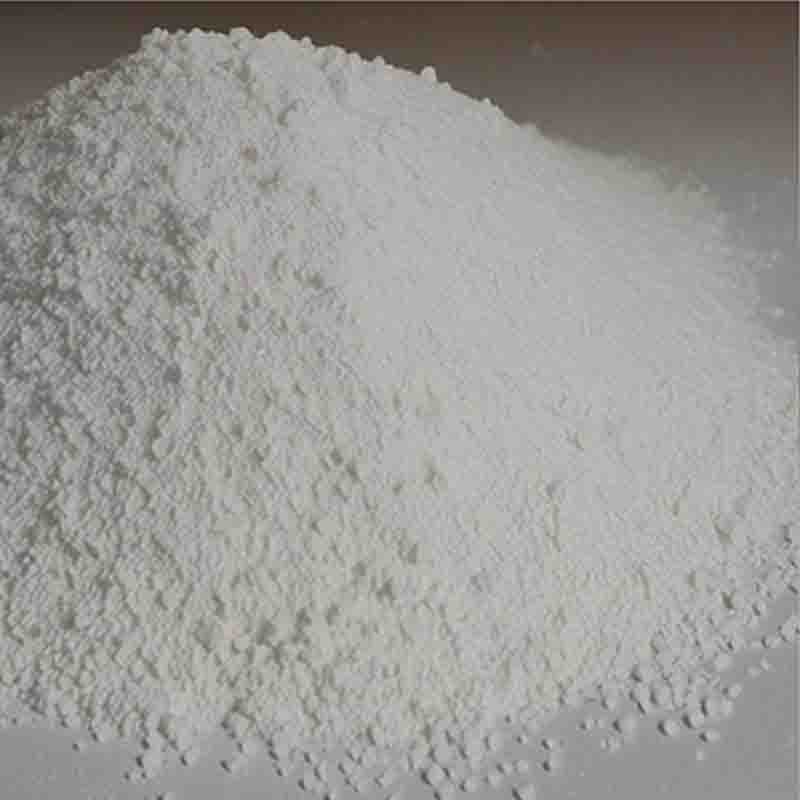N-(2-Chloro-4-hydroxyphenyl)-N’-cyclopropyl-urea CAS: 796848-79-8
| Catalog Number | XD93785 |
| Product Name | N-(2-Chloro-4-hydroxyphenyl)-N'-cyclopropyl-urea |
| CAS | 796848-79-8 |
| Molecular Formula | C10H11ClN2O2 |
| Molecular Weight | 226.66 |
| Storage Details | Ambient |
Product Specification
| Appearance | White powder |
| Assay | 99% min |
N-(2-Chloro-4-hydroxyphenyl)-N'-cyclopropyl-urea, commonly known as Chlorpropamide, is a chemical compound that belongs to the class of sulfonylurea antidiabetic drugs. It is used primarily in the management of type 2 diabetes mellitus, a chronic condition characterized by insulin resistance or impaired insulin production.Chlorpropamide acts by stimulating the release of insulin from the pancreas and increasing the sensitivity of peripheral tissues to insulin. This helps regulate blood glucose levels and improve glycemic control in individuals with type 2 diabetes. It is typically prescribed as an oral medication and is often used in combination with diet and exercise for optimal management of the disease.One of the main advantages of Chlorpropamide is its long duration of action. It has a prolonged half-life, allowing for once-daily dosing in most cases. This contributes to improved patient compliance as compared to other short-acting antidiabetic drugs that necessitate multiple daily doses.Chlorpropamide is metabolized in the liver and excreted primarily through the kidneys. It is important to note that individuals with hepatic or renal impairment may require dosage adjustments or careful monitoring when using this medication.The use of Chlorpropamide is not without potential side effects. Like other sulfonylurea medications, it carries a risk of hypoglycemia (low blood sugar) if the dosage is too high or if the individual does not consume enough carbohydrates. Symptoms of hypoglycemia include confusion, dizziness, trembling, and sweating. It is important for patients to be educated about recognizing and managing hypoglycemia, which typically involves consuming a high-sugar food or drink to raise blood glucose levels.Other potential side effects of Chlorpropamide include gastrointestinal disturbances such as nausea, vomiting, and diarrhea. These usually subside with continued use. Rarely, individuals may experience allergic reactions or more severe adverse effects such as liver dysfunction or blood disorders. These should be promptly reported to a healthcare professional.In conclusion, N-(2-Chloro-4-hydroxyphenyl)-N'-cyclopropyl-urea, or Chlorpropamide, is a sulfonylurea antidiabetic medication primarily used for the management of type 2 diabetes mellitus. It helps regulate blood glucose levels by stimulating insulin release and improving insulin sensitivity. With its prolonged duration of action, it offers the convenience of once-daily dosing. However, it is essential for individuals using Chlorpropamide to be aware of the risk of hypoglycemia and potential adverse effects. Regular monitoring by a healthcare professional is crucial to ensure effective and safe management of diabetes with this medication.


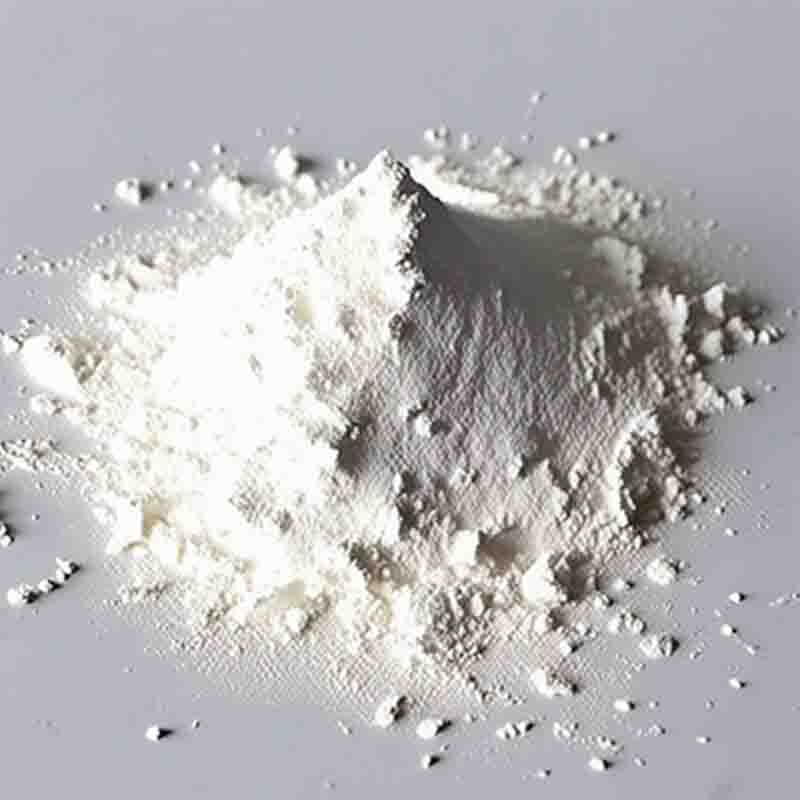

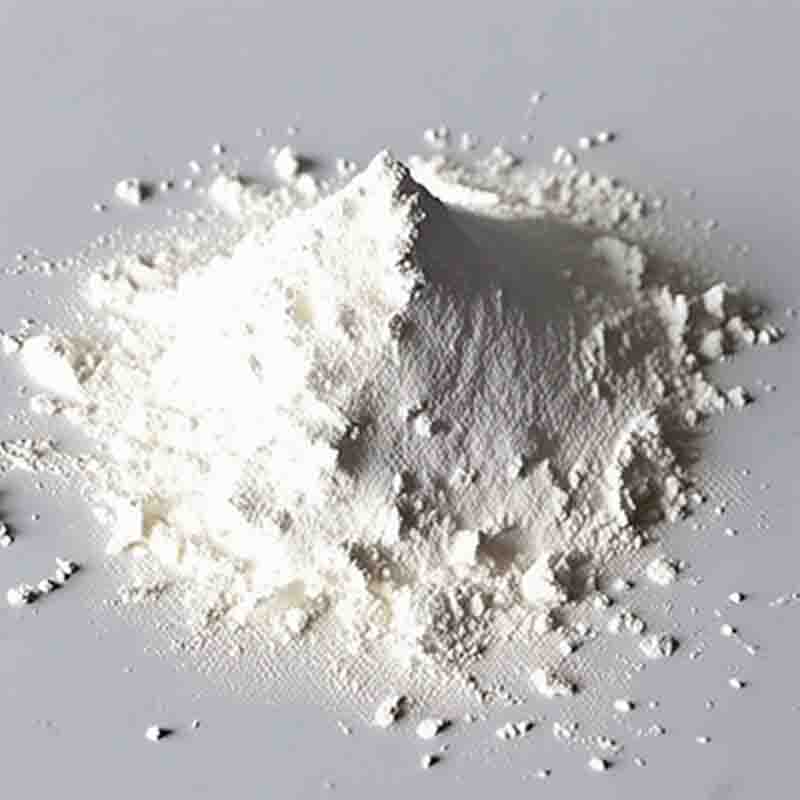
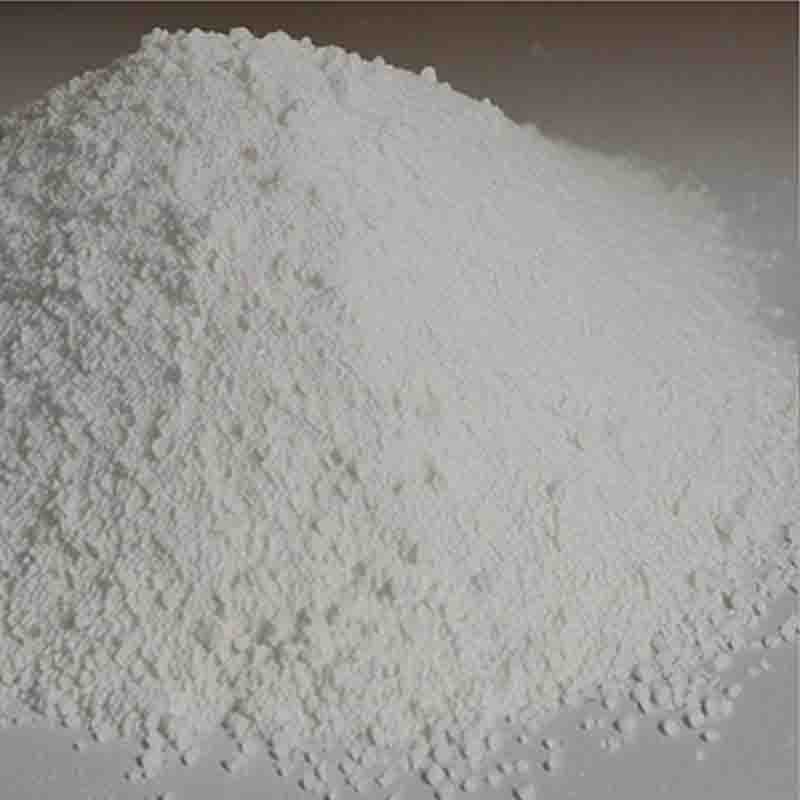
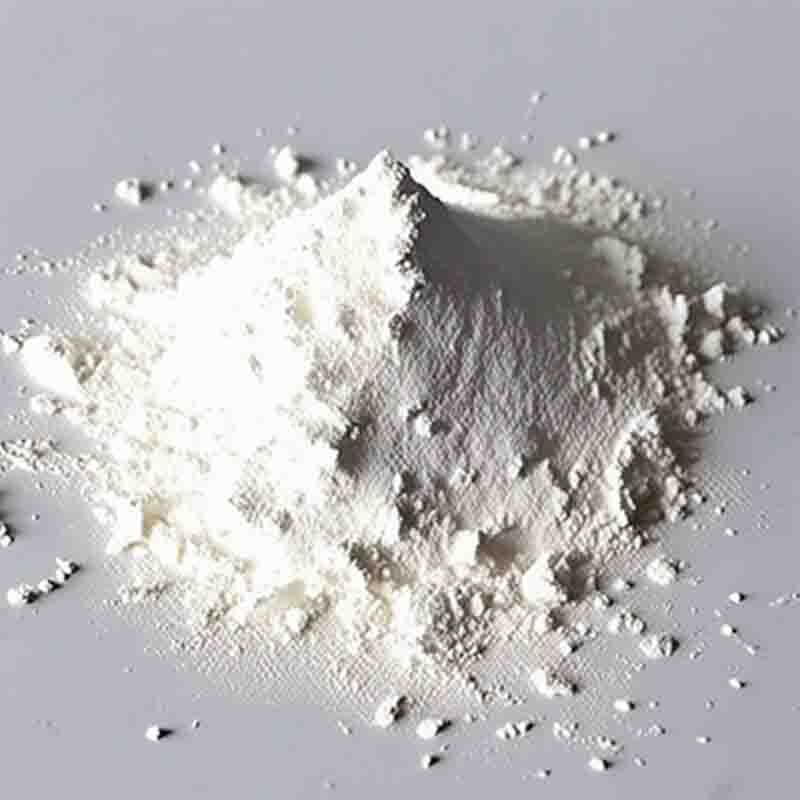
![4-(4-Fluorophenyl)-6-isopropyl-2-[(N-methyl-n-methylsulfonyl)amino]pyrimidine-5-yl-methanol CAS: 147118-36-3](https://cdn.globalso.com/xdbiochems/白色粉末1130.jpg)
